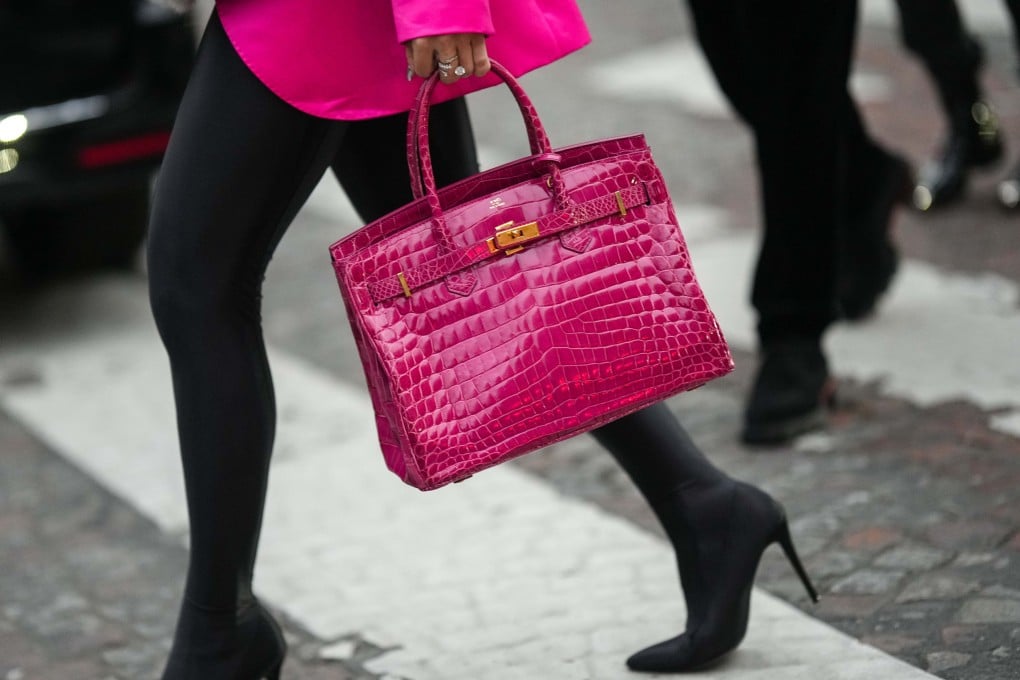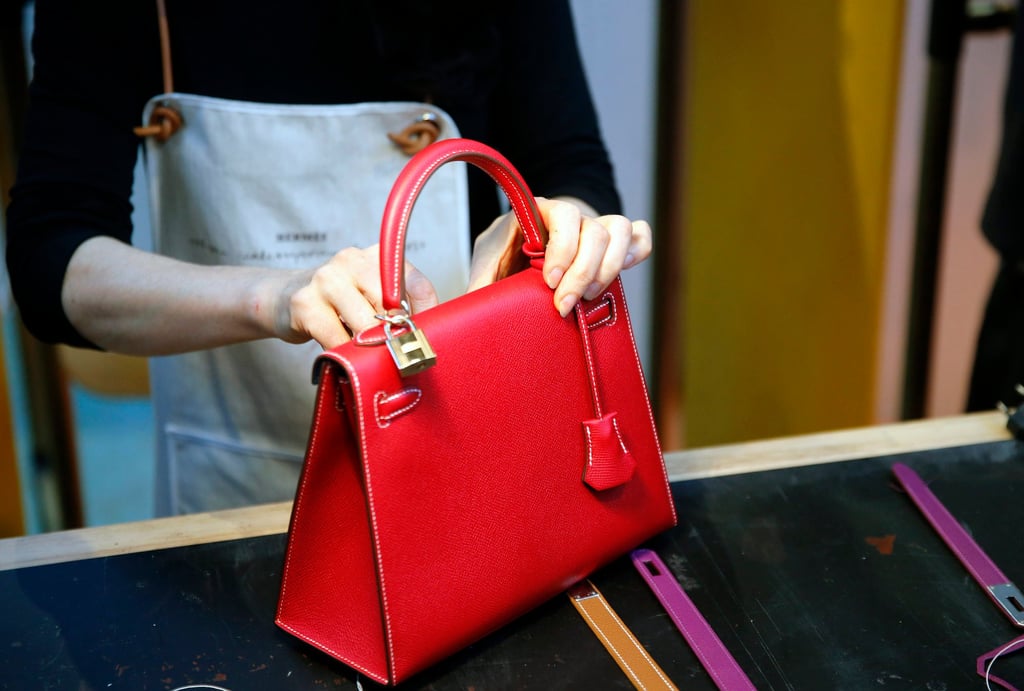Why a Hermès Birkin bag is such a good investment, according to experts, but other luxury handbags might not be
- The Hermès Birkin bag saw returns of 38 per cent on average in 2020 – the highest of all luxury bag collectibles – and prices rise every year
- Luxury handbags aren’t taken as seriously as aged whiskey, vintage cars or Rolex watches, but can make some of the most lucrative investments

The Hermès Birkin 25 notoriously retails for about US$10,000 and can be instantly resold for over double its retail value. Does this make the luxury handbag a worthwhile investment, or is it simply how handbag fanatics justify their extravagant purchases?
The word “investment” is derived from the Latin word investire – meaning “to clothe” – perhaps making it a more fitting description for fashion than anything else.
Luxury handbags are a viable alternative bucket for investors with well-rounded portfolios, said Phoebe Chamier, senior investment manager at Brooks Macdonald, at a 2022 discussion hosted by Female Folio, the firm’s recently launched brand and network for affluent women investors.
She added that alternative assets can behave differently to stocks and shares, a category that also includes art, wine and cars. In a time that’s been “sensationally bad for traditional assets”, handbags “can be that uncorrelated return”, Chamier said.

A June 2022 report from Credit Suisse stated that among collectable investments, jewellery, handbags and watches are the most stable options.